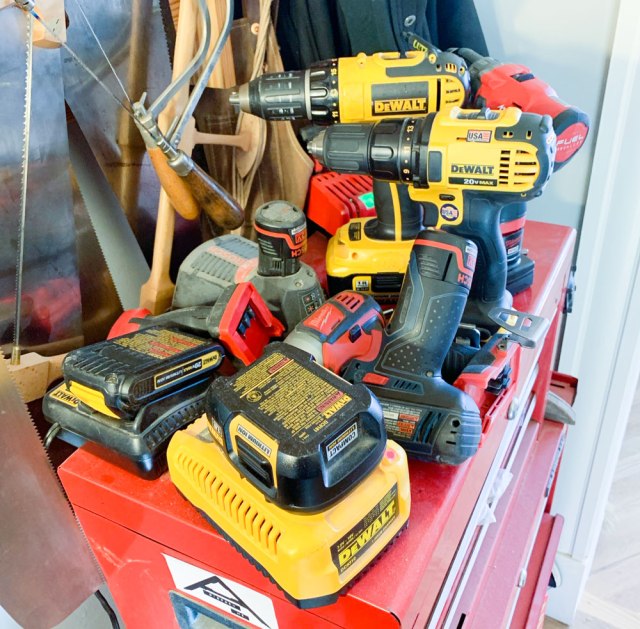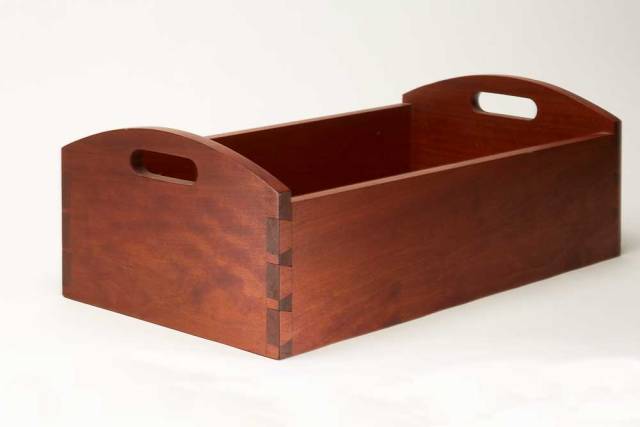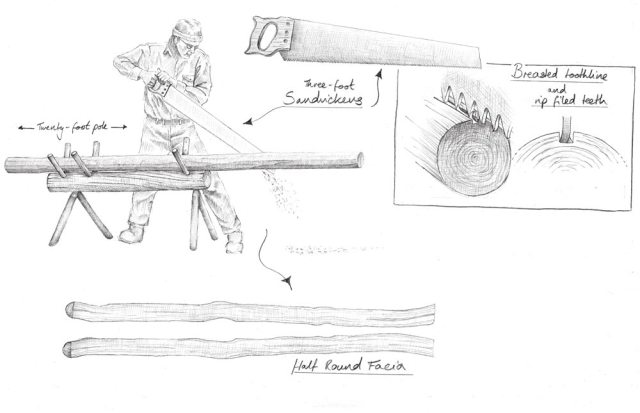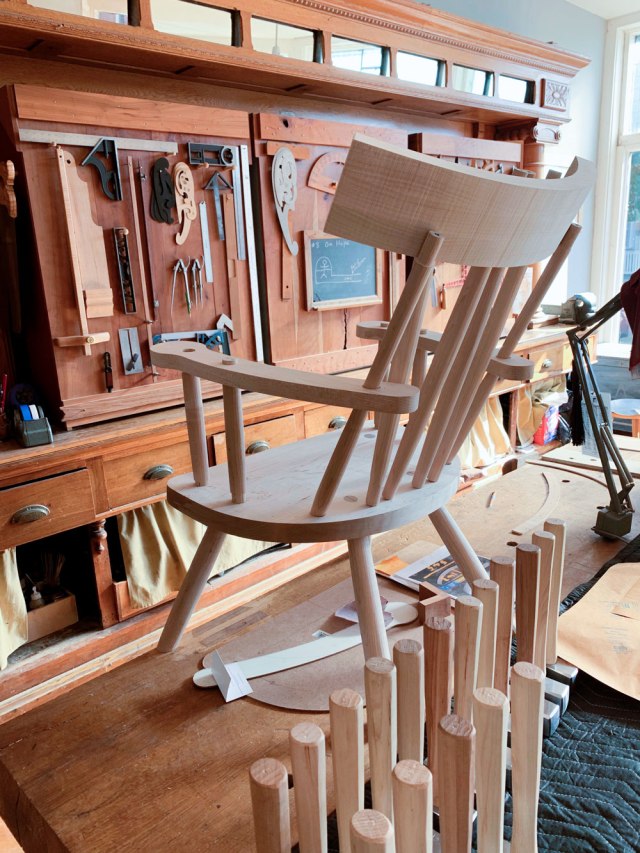Observing the Process will Change it –

When adults watch broadcast television, they can easily discern what is a commercial and what is the program. This ability isn’t innate (kids get easily confused), but we’ve learned to pick up the signals when we’re being shook down for money in exchange for happiness.
When product placement became a big thing in films and television, we learned to spot it after a while. So now most of us roll our eyes when we hear “Now all restaurants are Taco Bell” in the 1993 schlock-fest that is “Demolition Man.”
But on social media, the rules are different. There are laws requiring people to disclose commercial relationships, but they are followed only sometimes and enforced almost never. So it’s up to us to train ourselves and our children so we don’t get sucked into believing a sponsored “review” or praise for a tool that was given – not earned.
Believe me when I say that there are much bigger problems in the world – starvation, overpopulation, hate, wars. I can’t do much about those. But I can help you separate the wheat from the chaff with reviews. That’s because I worked behind the glass-filled nylon curtain full-time for 16 years.
Before I go further, let me also say that I have immense respect for the men and women who end up shilling these products on social media. They are all incredibly hard-working, creative, entrepreneurial, skilled at the bench and – most of all – eager to help fellow woodworkers.
And this is exactly why they were targeted by tool manufacturers to help promote their tools.
Here are the clues I look for on social media that something fishy is going on.
- The person obtains tools at a rate you never did, even when you were new to the craft. Tools are damn expensive. If someone starts talking about new tools more than once a month, I am suspicious.
- Their shops match. When I see a shop that is filled with tools of one color – orange, blue, green, whatever – I’m on alert. I don’t know any real woodworker who has purchased all their machines or power tools from one manufacturer.
- Most of the tools in the shop are new.
- The projects seem to use a lot of tools, way more than you would use. “Wait – you are using a track saw to crosscut your backboards when you have a chop saw and a table saw?”
- They end up using tools that aren’t really woodworking tools. Cordless caulking guns? Laser levels? (Greg Pennington excepted).
- Many projects seem designed to highlight tools. A charging station. Clamp racks. Glue caddies. Sawblade holders.
- Sudden conversions. Watch for language that goes something like this: “I’ve never liked X and always preferred Y. But recently I finally gave Y a try, and boy is it amazing!” Getting free tools makes this flip-flop easy for our brains.
- They obtain machines they cannot reasonably afford. Manufacturers are happy to send out a $10,000 thingy in exchange for months of goodwill advertising from a “marketing partner.” If someone gave you a new Austrio-Awesome combination machine when all you had was a Cheap-O-Plastico benchtop saw, you’d be happy to tell everyone how awesome the Austrio-Awesome is. And your awe at the upgrade would be music to the marketing department at Austrio-Awesome.
- If they mention negatives to a tool, they are straw men. “Though I wish the laser were a different color and the belt clip was more adjustable, the tool is fantastic.”
- They have banners from manufacturers in their shops.
My hope is that this sort of sly advertising will become less effective. Manufacturers will stop sending out free tools and direct more of their money to engineering. And the men and women of YouTube will grow tired of the game and embrace what got them their audience in the first place: A deep love for the craft and sharing what they know with others.
— Christopher Schwarz





